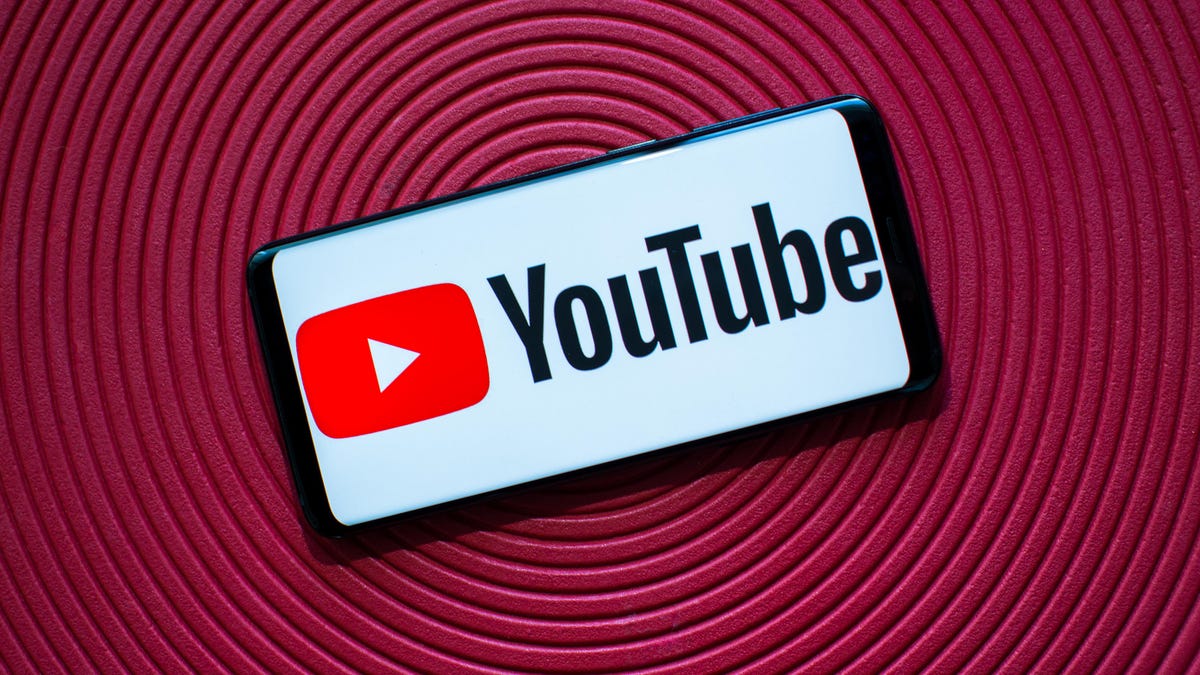Mobile carriers throttle online videos almost all the time, study shows
Researchers say it has nothing to do with time of day, location or network congestion.

YouTube is throttled the most, according to a new study.
Wireless carriers have long said they may throttle, or slow down, data when mobile networks are congested. But a new study suggests your video viewing may be getting slowed down even when networks aren't overcrowded.
Researchers at Northeastern University and the University of Massachusetts at Amherst found that carriers throttle online video whether their mobile networks are congested or not. Location and time of day also appeared to have little impact, the researchers said.
All four main US carriers -- AT&T , Sprint , T-Mobile and Verizon -- were found to be throttling, according to the study released Monday. The researchers collected data from more than 600,000 tests in the US between January 2018 and January 2019 using the Wehe app, which measures whether a provider is throttling speeds. Globally, they collected data from more than 1 million tests.
When it comes to specific video apps, YouTube was throttled most often and Vimeo was throttled least often, according to the study. AT&T, Sprint, T-Mobile and Verizon all throttled YouTube and Netflix, the researchers said. T-Mobile, Sprint and Verizon also all throttled Amazon Prime Video.
"They are doing it all the time, 24/7, and it's not based on networks being overloaded," David Choffnes, associate professor at Northeastern University and a study co-author, told Bloomberg.
AT&T said it doesn't throttle, discriminate or degrade network performance based on content.
"We offer customers choice, including speeds and features to manage their data," AT&T spokesman Jim Greer said in an emailed statement. "This [Wehe] app fails to account for a user's choice of settings or plan that may affect speeds. We've previously been in contact with the app developers to discuss how they can improve their app's performance."
In a message, Choffnes said that the team doesn't deny that the plan a user chooses or the plan's settings can affect throttling.
"What is true is that AT&T throttles a significant fraction of our user's Wehe video tests (about 70%). So at least for our users, it seems very likely that their plan/settings are set up to throttle video," Choffnes said.
In addition, the researchers said that throttling can lead to decreased video quality.
T-Mobile declined to comment on the study but pointed to a 2015 press release about its efforts to enable more streaming.
Verizon and Sprint didn't immediately respond to a request for comment.
Originally published Aug. 19.
Updates, Aug. 20: Adds responses from researchers and T-Mobile.

